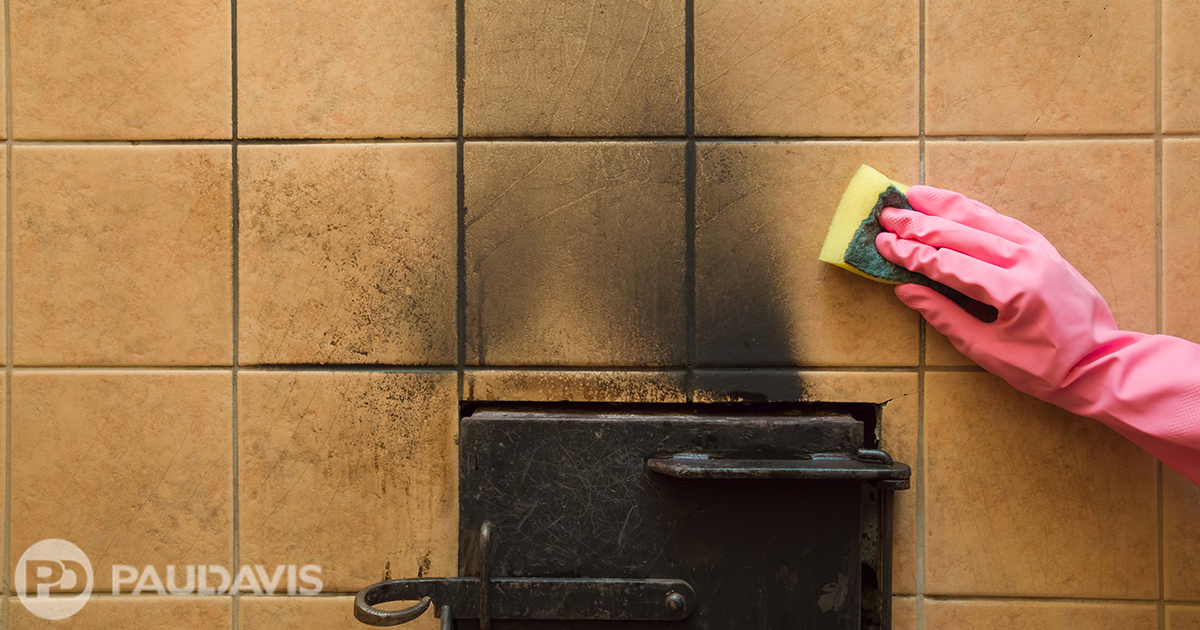
In Victorian times, spring cleaning became necessary because coal dust and oily grime settled indoors during the winter heating season. Surprisingly, there are still reasons why dirty, dark layers sully our modern interiors: furnace puff-backs.
Their cute name belies the damage they cause. Puff-backs can happen with oil and gas furnaces, boilers and water heaters but they are most common in oil systems. The burner fails to ignite right away, instead allowing oil or fumes to build up in the burner chamber.
“When the burner finally ignites, the oversize burst of combustion forces soot out of the unit and pushes it into living spaces,” says Peter Heary, President of Paul Davis GTA in Ontario, Canada. “Puff-backs also can damage the furnace itself. It’s an expensive, messy problem that you want to prevent.”
Fortunately, there are four key precautions for property owners hoping to avert puff-backs.
- Maintain your furnace regularly.
- Be alert for strange odours such as oil, burning or singeing smells. Properly functioning units are self-contained and funnel all odorous combustion by-products through vents and chimneys to the outdoors.
- Be alert for unusual sounds like banging, thumping or loud whooshing as the furnace ignites.
- Keep an eye on the furnace unit itself. Debris, flakes, blackening or staining on the outside or around the unit may indicate ignition problems.
Anything out of the ordinary should prompt owners to seek assistance. “If you suspect your furnace may be causing puff-backs, there are a few things you can do to minimize impacts until help arrives,” Heary urges. “Shut off the unit, avoid contacting the toxic soot, call your heating contractor and get in touch with your insurance company.”
If your furnace is indeed a belching menace, contact a full-service restoration company like Paul Davis to remove the soot and clean all items affected by exposure. Soot has chemicals that degrade and quickly ruin possessions, particularly valuable and sensitive electronics.
“Soot is sticky stuff,” Heary explains. “Vacuuming and wiping won’t remove it. A trained team using state-of-the-art products is your best bet after a puff-back blackens your surroundings.”
